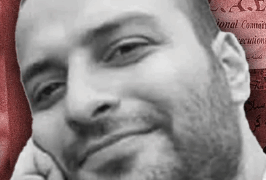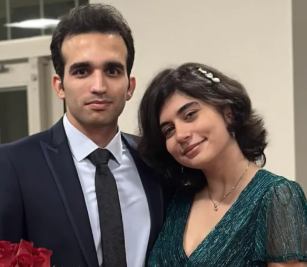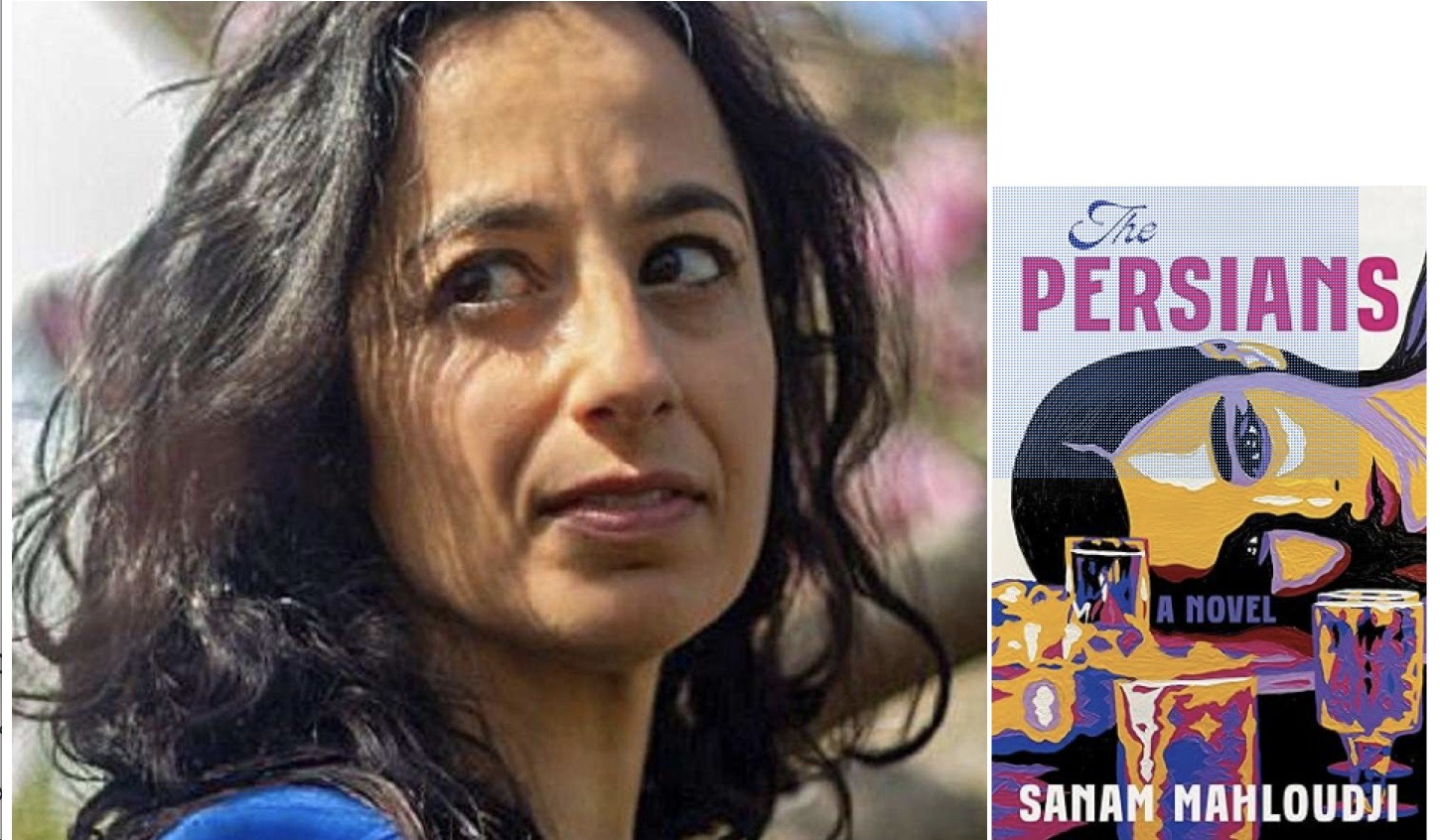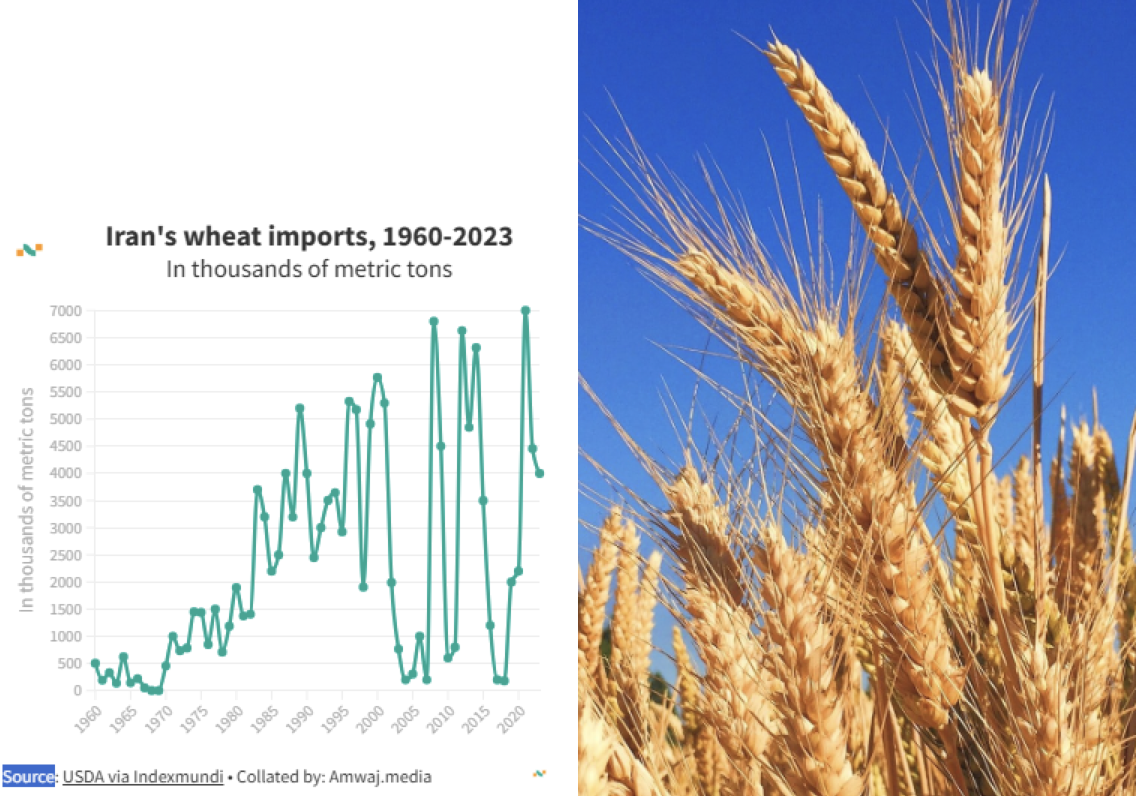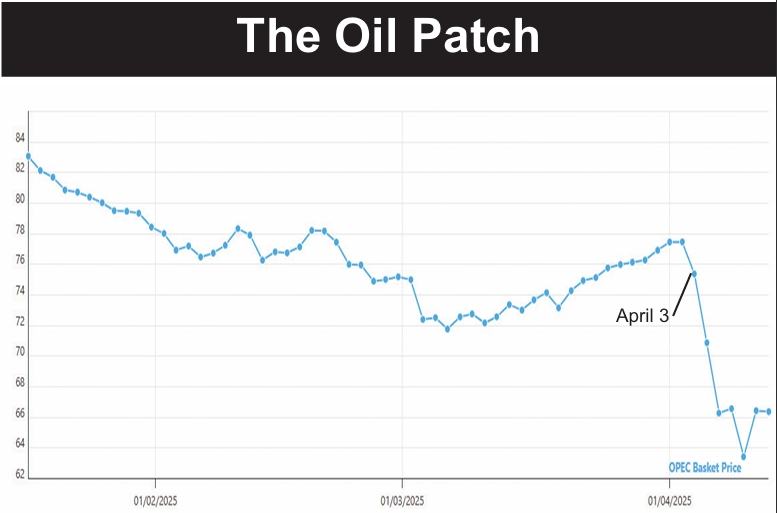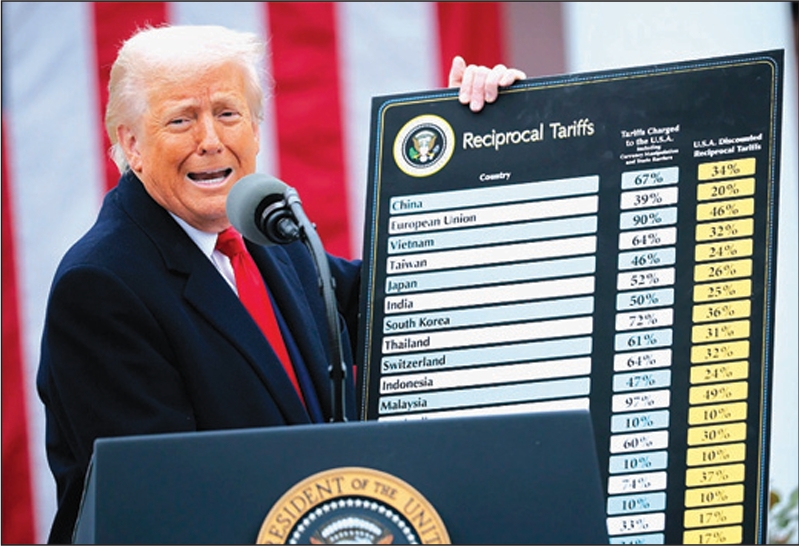newest Persian-language television channel has created ripples across Iran, collecting the admiration of millions of viewers and the abhorrence of the straight-laced.
From August 2009, the Dubai-based Farsi1 has secured 35 million viewers in Iran, half of the population, according to Ahmad Komeyl, international relations manager and senior advisor at Moby Group, one of the media firms responsible for the channel’s creation.
Its spicy dramas, romances, and comedies from countries like Korea, Colombia and the US are dubbed into Persian, making it more accessible than other satellite-TV operations in Iran which have subtitles. Particularly because of the “weakness of the domestic channels,” says TV producer Esmaeel Afifeh, the Iranian people have become hooked.
Farsi1 has impacted more than what people watch on television. They are discussing the latest updates on their favorite shows in stores and buses. “The Isabel,” one of latest hairstyles for Iranian women, is inspired by the heroine of Farsi1’s Latin American telenovela, “Second Chance.”
The channel features mainly comedies and soap operas. One of he current comedies is the old US series, “Dharma and Greg.”
People, such as West Tehran housewife Maryam, say the channel is so addicting they are willing to overlook the occasional awkwardness of watching scenes considered scandalous by Iran’s hardliners with their family and friends. Nevertheless, Farsi1 has adapted the foreign shows to better suit the tastes of its audiences, editing out the racier segments.
Despite these modifications and its surging popularity all over the country, Farsi1 has many opponents who feel it is corrupting the Iranian public with images of an immoral West. “There is no doubt that Farsi1 is a tool of the extensive cultural onslaught of the West against Iran,” said Maryam Ardabili, women’s affairs adviser to the governor of Fars province.
Particularly because the channel is co-owned by international media mogul Rupert Murdoch’s News Corporation, an entire issue of Panjareh, a conservative magazine, was focused on Farsi1. The magazine wrote, “Murdoch is a secret Jew trying to control the world’s media, and [he] promotes Farsi1.”
Murdoch is the owner of the New York Post and The Times of London.
But Murdoch owns only half of Farsi1. The other half is owned by MOBY Group, which was created by four Afghan brothers of the Mohseni family who were raised in Australia and returned to Afghanistan after the fall of the Taliban to start a media empire there.
Mohammad Taghi Rabhar, head of the Iranian Majlis’ clerical faction, claims that Farsi1 aims “to destroy the chastity and morals of families and encourage young Iranians to have sex and drink alcohol.”
The Iranian government has yet to fully utilize its typical means of reacting to satellite channels it deems inappropriate, i.e., jamming airwaves or increasing confiscation of illegal satellite dishes. Nevertheless, despite the denial of some officials of the influence of Farsi1 and the competition it brings to state-run television, it is certainly on their radar.
The Expediency Council had its strategic studies center look into Persian-language satellite TV, particularly Farsi1. It concluded the programs were incredibly well received, but not surprisingly so given the lack of new and appealing programs being broadcast by Iranian television networks.
This analysis was dismissed by some, including the Islamic Republic of Iran Broadcasting (IRIB) head, Ezatollah Zarghami.
Zarghami said, “The opinion polls show that a high percentage of the viewers of Farsi1 admit that the films shown by this channel spread immorality. Why people continue watching this channel is a different question.” At the Expediency Council meeting, Mohsen Bani-Hashemi, a community expert at IRIB’s university, contradicted Zarghami’s comments, sharing results of a survey that indicated 94 percent of viewers did not believe Farsi1 promoted immoral behavior.


